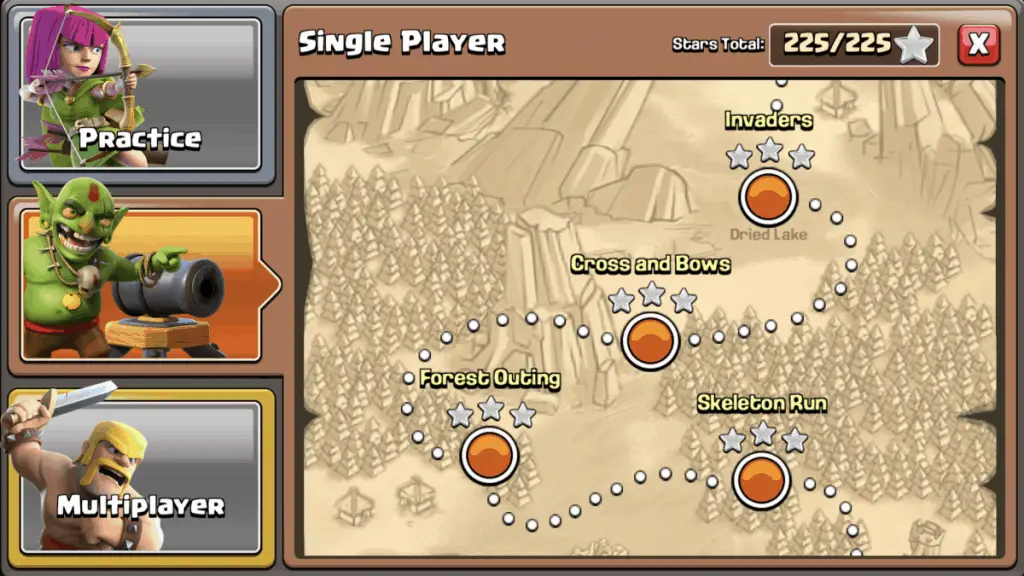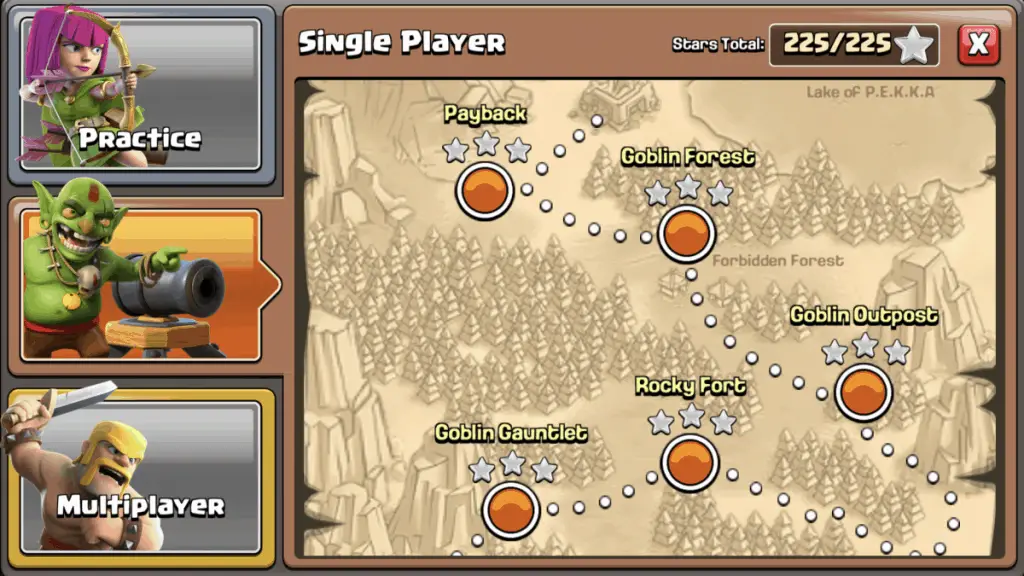Strategic base design is pivotal in defense success. It allows for maximum defensive capabilities by fortifying choke points to concentrate enemy forces, impeding their progress efficiently. Deploy structures strategically, creating overlapping firing fields and kill zones. Explore trap combinations and bait tactics strategically to confuse enemies. Understand attack patterns, predict movements, and exploit weaknesses for stronger defenses. Stay ahead by adapting to meta changes, anticipating shifts, and implementing innovative strategies for a competitive edge. Base design precision secures victory in defensive battles, safeguarding your territory effectively. Learn more about optimizing defenses for ultimate success.
Key Points
- Strategic base design maximizes defensive capabilities by identifying and fortifying choke points.
- Effective placement of defensive structures creates overlapping fields of fire and kill zones.
- Trap combinations strategically deployed can confuse and deter attackers efficiently.
- Understanding enemy attack patterns helps in predicting movements and developing counter-strategies.
- Adapting to meta changes ensures staying ahead, analyzing trends, and implementing innovative defense tactics.
Importance of Strategic Placement
Strategic placement is vital for maximizing the defensive capabilities of a base, ensuring optimal defense success through thoughtful positioning and utilization of resources. When considering strategic positioning within your base design, it's essential to identify and fortify choke points. Choke points are areas that limit the enemy's movement, creating bottlenecks that concentrate their forces and expose them to your defensive measures.
By strategically placing your defensive structures near choke points, you can greatly impede the progress of your adversaries. This forces them to engage with your defenses head-on, increasing the effectiveness of your base's protection. Additionally, choke points allow you to focus your defensive resources, making it easier to defend critical areas and repel enemy attacks efficiently.
To master strategic positioning, analyze your base layout to identify natural choke points or create artificial ones through the placement of obstacles or defensive structures. By exploiting choke points effectively, you can enhance your base's defensive capabilities and increase the likelihood of repelling enemy incursions successfully.
Utilizing Defensive Structures Effectively
Maximizing the defensive potential of your base design hinges on the effective deployment of defensive structures to thwart enemy advances and secure your stronghold. To achieve this, it's crucial to focus on maximizing efficiency and optimizing layouts of your defensive structures. Start by strategically placing defensive structures such as cannons, archer towers, and traps in key positions to cover vulnerable areas and create overlapping fields of fire. This not only increases the overall defensive coverage of your base but also makes it harder for attackers to pinpoint weaknesses.
Consider the range and coverage of each defensive structure to make certain there are no blind spots that enemies can exploit. By optimizing the layout of your defensive structures, you can create a maze-like path for attackers, prolonging their journey through your base and giving your defenses more time to eliminate threats. Additionally, clustering high-damage defenses together can create kill zones that devastate enemy troops.
Creating Trap Combinations
To improve your base's defensive capabilities, explore the strategic synergy of combining various traps to create formidable obstacles for potential attackers. By carefully orchestrating trap synergy and bait tactics, you can greatly enhance the effectiveness of your defenses. Incorporating different types of traps such as spring traps, bomb traps, and air mines strategically throughout your base can catch attackers off guard and disrupt their plans.
Decoy strategies play an important role in trap combinations. Placing high-value targets like storages or defensive structures near traps can act as bait, luring attackers into triggering them prematurely. This surprise element can throw off their attack strategy and give your defenses the upper hand.
Consider the layout of your base carefully when setting up trap combinations. Concentrate traps in areas where attackers are likely to path troops, such as near entry points or around key defensive structures. By creating a maze of traps and decoys, you can confuse attackers and make it harder for them to navigate through your base successfully.
Mastering trap combinations requires foresight and a deep understanding of how attackers approach your base, so experiment with different setups to find what works best for your defense strategy.
Understanding Enemy Attack Patterns
Understanding the enemy attack patterns is essential for fortifying your defenses effectively and countering incoming assaults with precision. To master this aspect of defense strategy, you must delve deep into the mind of your adversaries. Here are four key tactics to consider when analyzing enemy attack patterns:
- Analyzing Vulnerabilities: Study your base from the perspective of an attacker. Identify weak points, blind spots, and potential entryways that could be exploited. By understanding where your defenses are lacking, you can proactively strengthen these areas before they're targeted.
- Predicting Movements: Anticipate how attackers might approach your base. Consider factors such as troop composition, deployment strategies, and potential pathways they may take. By predicting their movements, you can strategically position your defenses to intercept and neutralize threats effectively.
- Counteracting Tactics: Develop counter-strategies based on common attack patterns. By being proactive rather than reactive, you can thwart enemy plans before they unfold. Implement defenses specifically designed to counter prevalent tactics used by attackers.
- Exploiting Weaknesses: Just as you must defend against enemy tactics, you must also exploit their weaknesses. Identify patterns of behavior or vulnerabilities in their strategies that you can capitalize on to gain an upper hand in defense. By turning the tables on attackers, you can shift the momentum of battle in your favor.
Adapting to Meta Changes
Analyzing how changes in the meta impact enemy attack patterns is essential for maintaining a robust defense strategy. As the meta evolves, so do the strategies employed by attackers. To adapt effectively, you must stay ahead by anticipating shifts in the meta and adjusting your base design accordingly. This proactive approach allows you to develop innovative tactics that can give you a competitive edge against incoming threats.
In response to meta evolution, developing counterplay strategies becomes vital. By studying the current trends and understanding how attackers are adjusting their tactics, you can devise effective ways to counter these new threats. Implementing counterplay strategies not only strengthens your defense but also keeps you one step ahead of potential attackers.
Frequently Asked Questions
How Can Player Psychology and Mind Games Play a Role in Base Design for Defense Success?
In base design for defense success, player psychology and mind games are crucial. Manipulate opponents with strategic layouts and psychological tactics. Analyze base layout for weaknesses, enhancing defense strategies. Master these elements to dominate.
What Are Some Common Mistakes Players Make When Designing Their Bases for Defense?
Are you conscious of the critical mistakes in base design for defense? Placement errors and resource allocation can weaken your defense. Be vigilant for defensive blindspots and make sure strategic trap placement to enhance your base's resilience.
How Can a Player Effectively Analyze and Learn From Their Own Failed Defense Attempts?
To effectively analyze and learn from failed defense attempts, review enemy attack strategies, identify weak points, adjust layout or traps accordingly, and test improvements. Learning from mistakes sharpens your defense skills and enhances strategic planning.
Are There Any Specific Strategies for Base Design That Work Well Against Certain Troop Compositions or Attack Styles?
Crafting a strong base design is like setting a puzzle for attackers to solve. Counter strategies tailored to specific troop compositions or attack styles are key. Study attack counters to fortify your defenses effectively and outsmart your foes.
How Can a Player Effectively Test and Tweak Their Base Design for Optimal Defense Success?
To effectively test and tweak your base design for peak defense success, start by implementing various testing strategies. Analyze results meticulously to identify vulnerabilities. Focus on base optimization and defense tactics to fortify your stronghold against all attacks.




